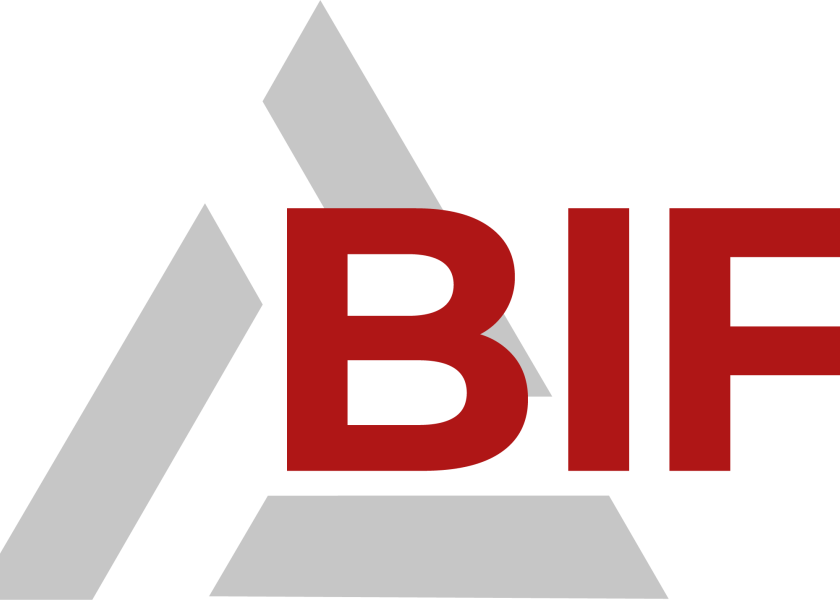Strategies for Employing Whole Genome Sequencing and Its Benefits

“The use of whole-genome sequencing at low-depth enables detection of rare variation, SNP discovery, CNV detection, and can eliminate the need for chip re-design and updates, and there is the potential for further cost reduction in the future” said Dr. Troy Rowan, University of Tennessee assistant professor, Knoxville.
Rowan gave his presentation “ Sequencing Strategies to Enhance the Next Generation of Genetic Evaluations” during the Beef Improvement Federation (BIF) Symposium July 4 in Calgary, Alberta, Canada.
The Big Questions
Rowan framed three big questions surrounding sequencing and imputation: Who do we sequence, how deep do we sequence, and how often do we update the reference and the imputed samples in the evaluation.
Relative to the first question, Rowan suggested, “We should be sequencing all sires with even moderate levels of AI usage.”
By sequencing AI sires the industry could generate an insurance policy, enabling faster mapping and management of genetic abnormalities when they arise. Sequencing AI sires also improves the quality of imputation throughout the population(s) that they are influential in. While widespread sequencing may have been out of reach in the past, the current cost of sequencing makes this tenable.
He also stated that multi-breed populations will need to make use of multi-breed reference populations for successful imputation. He also pointed out that we need to move beyond only sequencing the most highly utilized animals; such a strategy may only sample a small portion of haplotypes that exist in the population.
Regarding depth of sequencing, Rowan suggested animals in the imputation reference set should be sequenced to at least 10x coverage. He also mentioned that careful attention should be paid to downstream computational approaches to ensure that high quality genotype calls and phasing occurs.
Other Considerations
“The quality of information coming out cannot be better than the quality of information that went in — garbage in, garbage out,” Rowan said.
The reference population needs to be representative of the target population and be sequenced to a sufficient depth. Imputation accuracy, in terms of animals and SNPs, should be regularly evaluated to diagnose problems or shortcomings of the reference panel or imputation approach.
For breed associations and genetic evaluation service providers, the storage of genomes and imputed genotypes must also be considered. Moreover, the potential benefit, particularly in terms of improved accuracy of EPD (expected progeny difference) needs to be fully understood and quantified.
To watch Rowan’s full presentation, visit https://youtu.be/WJo_ocECryo. For more information about this year’s Symposium and the Beef Improvement Federation, including additional presentations and award winners, visit BIFSymposium.com.







